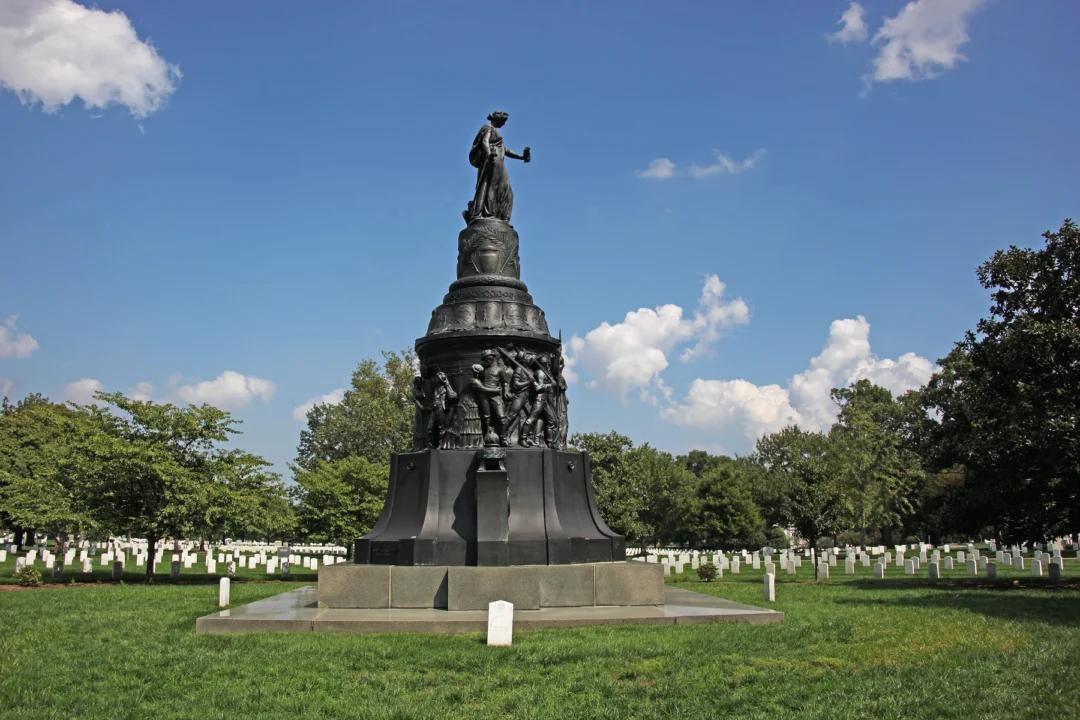Commentary
Why should Americans oppose the decision of the now-disbanded Congressional Naming Commission to remove from Virginia’s Arlington National Cemetery the Moses Ezekiel Reconciliation monument—one of the greatest works of art in that hallowed ground?






